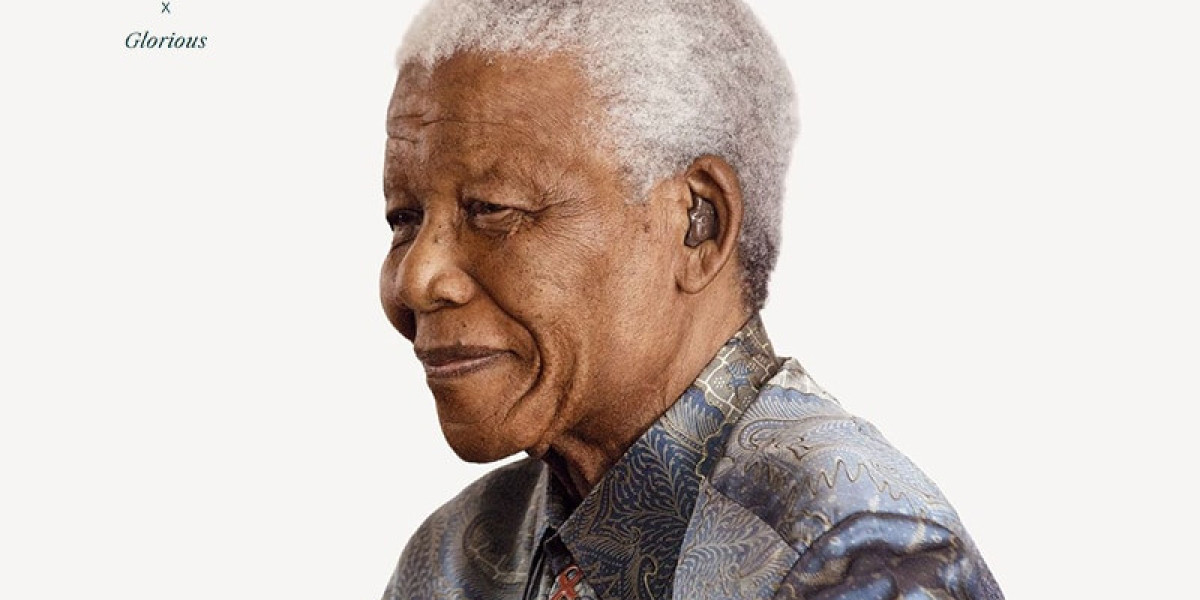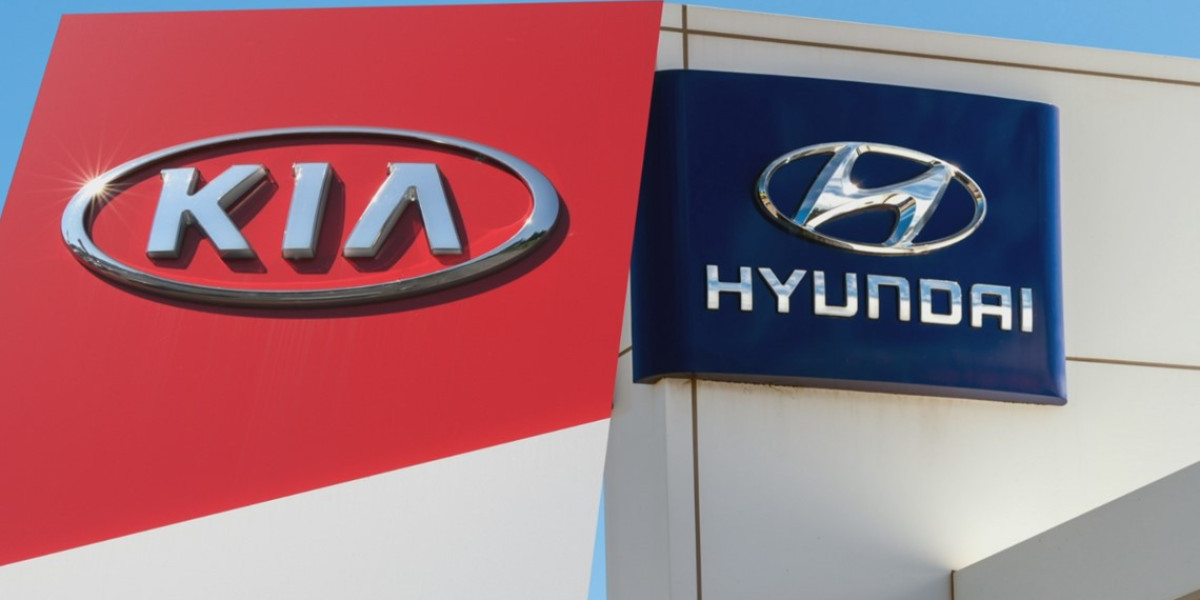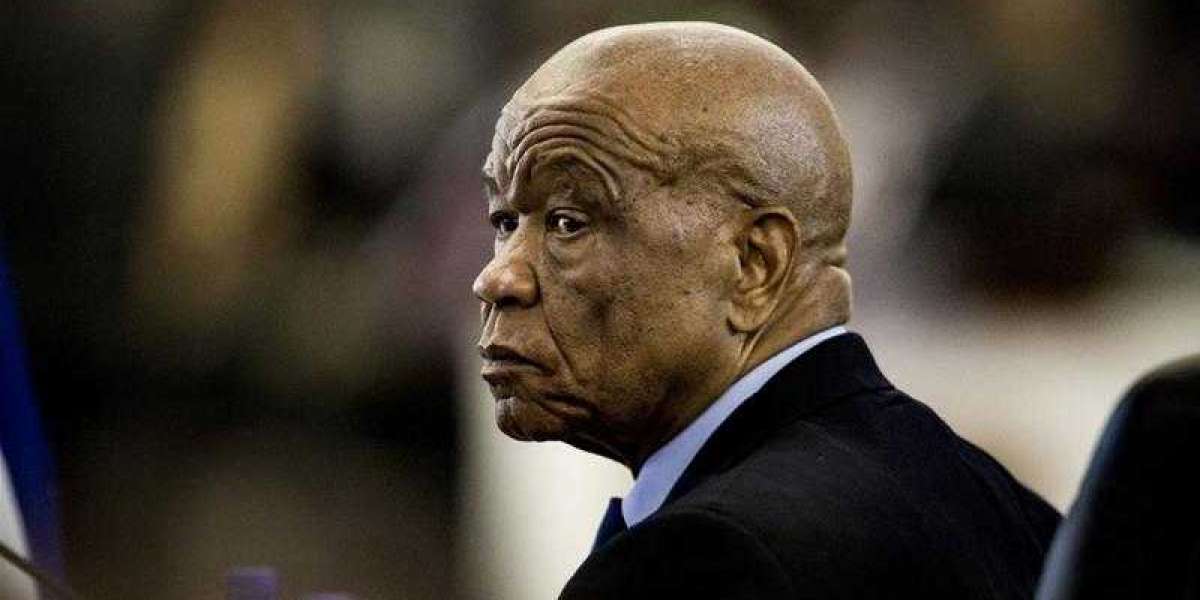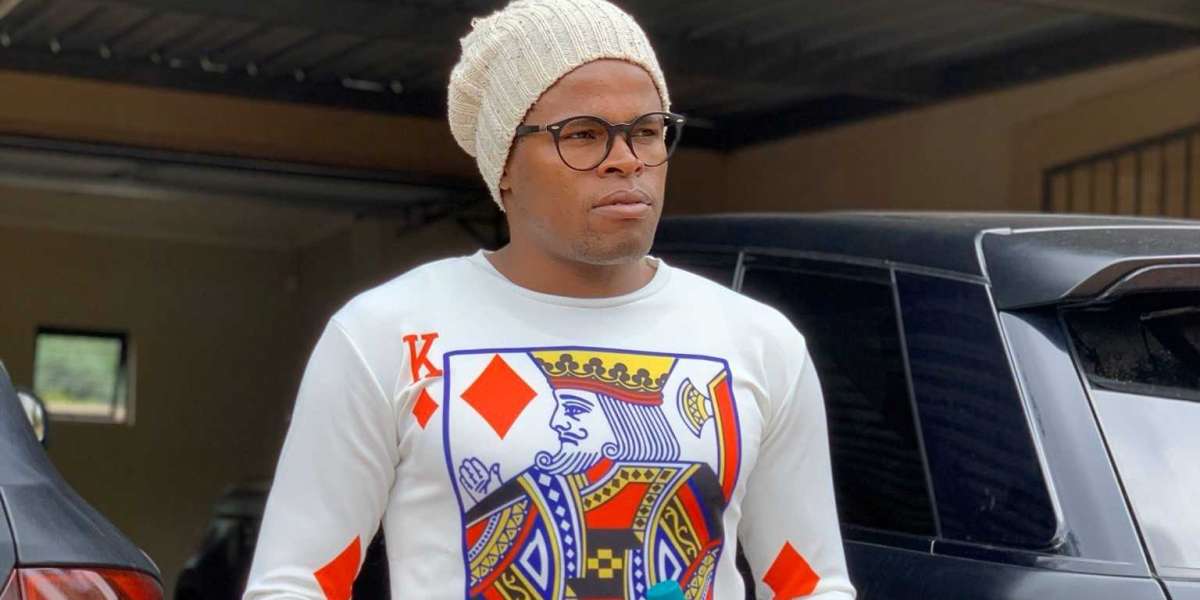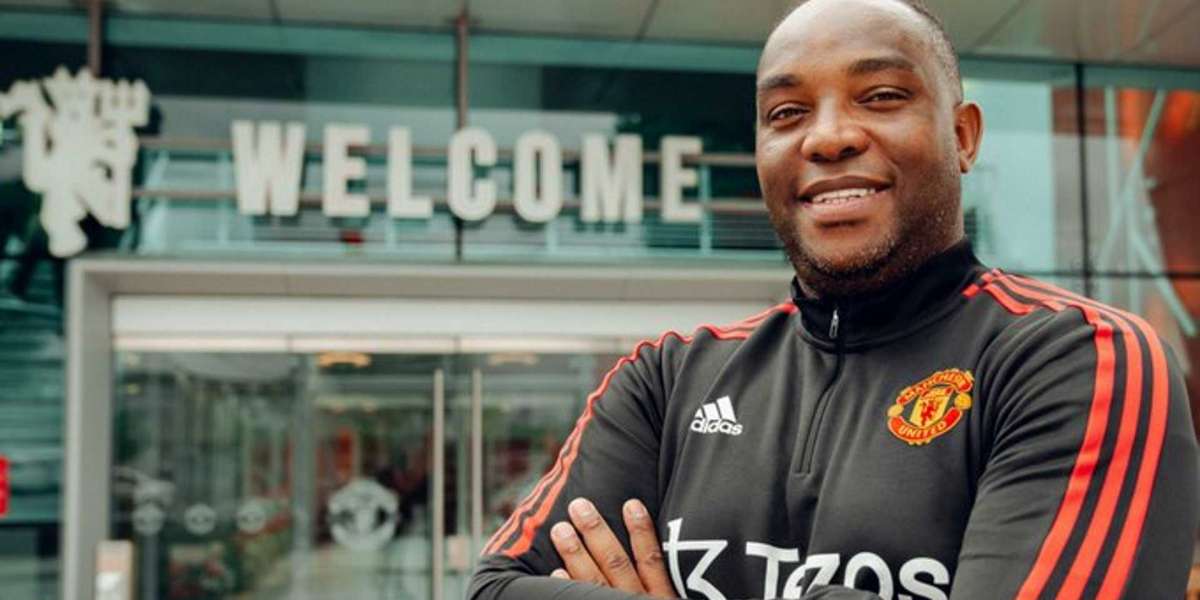It is offering 1,918 founding memberships for $1,000 each, for a total value of $1,918,000 over R35 million. The number of NFTs is in honour of Nelson Mandelas birth year 1918. The launch comes ten years after his death and marks the day of his inauguration in 1994 as South Africas first president after the fall of Apartheid. NFTs are collections of data that reside on a blockchain that make it possible to create a form of uniqueness and scarcity for digital assets, and track provenance.
Although NFTs are better known for their association with Internet culture and memes, renowned auction houses like Sothebys and Christies have launched dedicated divisions for digital asset auctions. The Nelson Mandela Foundation partnered with New Zealand-based studio and NFT marketplace Glorious Digital to launch its digital patronage programme. Each patronage is presented with a unique digital artwork for members to display, the organizations said in a statement on Wednesday. Drawing on Nelson Mandelas personal archive held by the NMF, together with other authorized collections, Nelson Mandela: A Portrait in 27 Colours will commemorate the 27 years Nelson Mandela spent in prison fighting injustice in his country.
Glorious Digital and the foundations archival team will serve as facilitators and curators of insider content and experiences for the 1,918 patrons. Net proceeds from the Nelson Mandela Foundation Digital Patronage sale will go to the foundation. In addition to the original artwork, the 1,918 Patronage holders are promised ongoing benefits such as:
- Inclusion in an extraordinary, exclusive members cohort and community.
- Gifted digital artworks from the archive.
- Exclusive invitations to curated Nelson Mandela Foundation events, both online and in-person.
- Opportunities to participate in the foundations activities and initiatives.
- Access to a digital members-only portal of curated content.
MyBroadband asked the Nelson Mandela Foundation (NMF) why it selected Glorious Digital for this project. Glorious Digital uses a lesser-known blockchain and is not as well-established an NFT marketplace as Opensea or Rarible. There are also South African companies they could have used, like Momint. Although the foundation could not respond by publication time, it did make an FAQ available to journalists several hours ahead of the launch. Having a track record of successfully and securely selling out multiple digital fine art releases as well as other digital asset projects, and collaborating with international institutions such as Wimbledon, the NMF felt they had found the best partners for this endeavour, it stated. The values and creative identity that Glorious prides itself on aligns with those of the Foundation, and they demonstrated a clear understanding of the precious nature of the legacy that the Foundation has been entrusted with.
The foundation said Glorious Digital worked closely with them throughout the curation. Looking into Glorious Digitals platform raised several red flags. One of the major concerns is that it uses a lesser-known blockchain called CENNZ. Although it is Ethereum Virtual Machine (EVM) compatible, it is not as well established as other EVM-compatible blockchains like Polygon, Fantom, Avalanche, BNB Chain, and Harmony One. Second-layer scaling systems for Ethereum, like Optimism and Arbitrum, are also options nowadays.
Queried about why they didnt use Ethereum itself, or one of the better-known EVM-compatible chains, Glorious Digital CEO Tim Harper said CENNZ lets them address shortcomings around honouring royalty payments. They also selected CENNZ before Ethereum made the switch from proof-of-work mining to proof-of-stake. The CENNZNet blockchain is a carbon-neutral Ethereum Side Chain that is optimized for NFTs and metaverse applications, Harper said. He added that it is fast, carbon negative, and has negligible gas fees.
However, it should be noted that this is true of many EVM-compatible blockchains. Beyond that, CENNZNet enables us to honour our smart contracts, which ensure that artists get paid royalties on every sale, in perpetuity, Harper said. Unlike other EVM-compatible blockchains, CENNZ also ensures that our NFTs cannot be traded on platforms that allow artist royalties to be dishonoured. This is a legitimate issue there is major controversy in the NFT space over some marketplaces not honouring royalties. It turns out that the artist royalties encoded in NFTs are not actually enforced by smart contracts the decentralized programs that Ethereum pioneered. Therefore, some upstart marketplaces simply decided not to honour them to reduce costs to their users and capture market share.
According to Harper, CENNZ has addressed this problem. A second red flag was that Glorius Digitals Web3 wallet extension had been removed from the Chrome Web Store. It isnt possible to sell NFTs bought through its platform without the extension, as its secondary marketplace doesnt currently support other wallets. Harper said the extension isnt currently available because its being updated. The Glorious extension on the Chrome Web store will be readily available for download within the week, Harper stated. This extension is only required if customers wish to trade on our Secondary Marketplace, he said. All primary sales take place through our website, glorious.digital, which can be accessed on any mobile and desktop device without the need to have an existing digital wallet.
Asked why users must create a traditional user account with a username and password on its website for primary sales rather than just using a Web3 wallet, Harper said its a user experience issue. Setting up your Glorious wallet is a significantly improved user experience from other Web3 wallets in that it can be done entirely from a mobile phone in around three minutes. No desktop computer required, he said. While users can export their secret phrase, the Glorious Wallet uses an additional recovery mechanism that is more secure and easier to use. Storage of your recovery key is safer than ever, while still preventing Glorious from accessing your wallet.
Another potential issue we spotted in Glorius terms and conditions is that it blocks commercial usage of NFTs bought through its platform. Non-commercial display of the artwork is allowed. Harper said this is largely to protect the reputation of the legacy institutions and fine artists they represent. Most creators exploring how to use NFTs and blockchain are looking for trusted partners in an otherwise nascent space, he said. They want their works to sit alongside credible, artistic collections that dont devalue their own brand. A curated, invite-only platform like Glorious allows safe exploration without the risk of seeing their assets speculated on marketplaces that dishonour royalty agreements set out by the artist.
Although Harpers answers to our questions seemed reasonable, buyers should carefully vet the CENNZ blockchain and Glorious platform. MyBroadband also asked the Nelson Mandela Foundation what its plans are for the R35 million it hopes to raise. Funds from the sales of the project will be used to support the foundations ongoing initiatives, critical dialogue, and preservation of Mandelas memory, its FAQ states.
